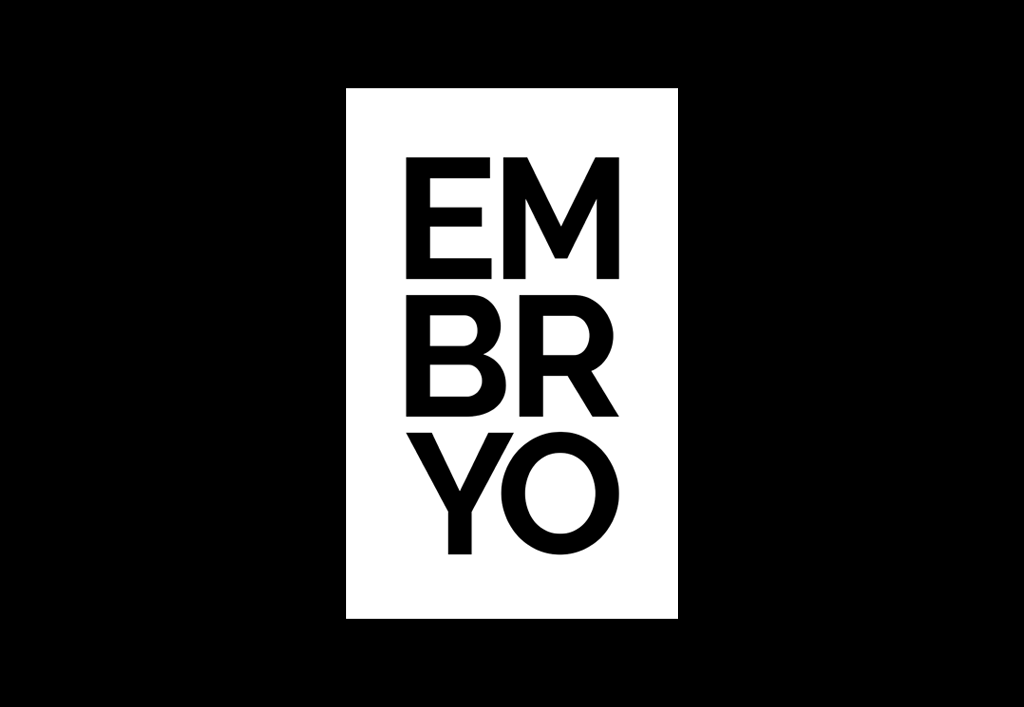
Can content be used as more than just a great SEO tool in 2022?

Picture this: You click on a website as you’re browsing for a new laptop, and there are no words. No written information at all. You learn absolutely nothing beyond what the images show you. It’s not immersive, it’s not engaging, and it certainly won’t encourage you to purchase whatever is being sold. However, the exact same business selling the exact same product, but this time using engaging, well-structured content may just be the one that captures your attention and convinces you to make that all-important purchase decision.
That’s the power of words; they convince, persuade, and instil confidence in those that read them, helping people to find themselves in the position to safely and securely part with their funds and invest in a product.
Here at Embryo, we’re incredibly passionate about content – we think it’s the key to every successful SEO strategy and we try to use effective, well-targeted content in every situation possible. If you’d like to learn a little bit more about the value of our content, you can check out the rest of this post below! Alternatively, you can start your content-fuelled SEO journey with the Embryo team today by filling out our contact form and having a chat with one of our friendly, knowledgeable content experts!
Every website needs effective SEO-driven content
Turning our attention back to the content side of things, we thought we’d explain a few of the major things that written words can bring to an SEO strategy – whilst it may seem simple for us to understand, we know that it’s not always that easy for those outside of our industry to grasp, so we’ve taken the jargon-free route in the below definitions:
Keyword reach: In short, this is the number of keywords that your site currently ranks for. Without an intelligent content strategy that’s tailored to targeting a high number of primary, mid-weight, and long-tail keywords, it’s unlikely that you’ll find the ability to do this. Here at Embryo, we write content that increases keyword reach in a way that you’ve probably never seen before. We even have examples of increasing keyword reach by over 1500 keywords in a single month!
SERP performance: The proof is often found in the pudding and for content, the metaphorical pudding is the rankings that we see on the search engine results pages. Thankfully, content is great at helping businesses to rank highly for the keywords that they’re targeting. By ticking off the Google crawler’s boxes one by one, whilst also giving consumers valuable information, content (usually longform content, for the most competitive keywords) can help sites to rank far more effectively in the SERPs.
Conversions: The big one. It’s all fun and games talking about keyword rankings, SERP dominance, and visibility, and these are all fantastic things to have in your arsenal don’t get me wrong, but the number one thing that any SEO strategy will be judged on is the conversions that it leads to. So, what do you need to convert? In theory, you need a page that tells the right story to the right people, giving them every piece of information they might need to say “yeah, okay, this is the right product and the right provider”. This is where the content comes in.
On your page, you’ll be able to write content that ticks all of the user’s boxes in terms of what it is they need to make that enquiry, sign up or purchase decision that you desire. Some top tips here are to make your page visually appealing, keep your vital information visible at the top of the page, and ensure that the user journey after the page is as simple and enjoyable as possible.
But can it be more than just that…
In our eyes, content can be so much more than just an SEO tool that drives conversions. Content has the power to be used however you see fit – it doesn’t always need to be written for SEO purposes to enhance your campaigns. Take an ‘About Us’ page, for example – there are very few opportunities to convert on these pages, yet they’re an incredibly popular thing for every website to have.
Why? Well, it begins to build a level of trust in the relationship between the user and the business, which is a vital part of today’s buying process. People want to buy from brands that they trust and which are aligned with the values that they hold themselves. This is why creating assets that fire these trust signals is so important; the stronger your relationship is with your audience, the more likely they are to invest in what you’re selling not just in terms of products but holistically as a brand too.
Going even deeper into the idea of trust is a theory called “costly signalling”. Without boring you with the science behind the term, it essentially means this:
People trust things that they perceive to have been expensive to create, time-consuming, well researched, and honest. Basically, any behaviour that would be hard to fake is taken as a trust signal – it makes sense when you think of it in that way.
But what has that got to do with content? Well, that’s easy – if a potential customer arrives on your page and you’re using costly signalling (things that look hard to fake), you’re likely to have a strong degree of trust with this customer. One of the easiest ways to use costly signalling on your site is by building comprehensive pieces of content, often exceeding 10,000 words, if necessary. Without even reading 10% of that page, the user will see the time, effort, research, and cost that has gone into creating that page, and this instantly makes the customer feel more comfortable trusting the information on that page.
This might seem like an incredibly complex psychological concept, but once you wrap your head around it, it’s actually quite a straightforward thing to identify, utilise, and implement in your content. If you’d like to take advantage of Embryo’s unique content creation for your websites, be sure to get in touch with the Embryo team today to discuss the options and see the difference that intelligent content could have on your rankings, visibility, and those all-important conversions.




